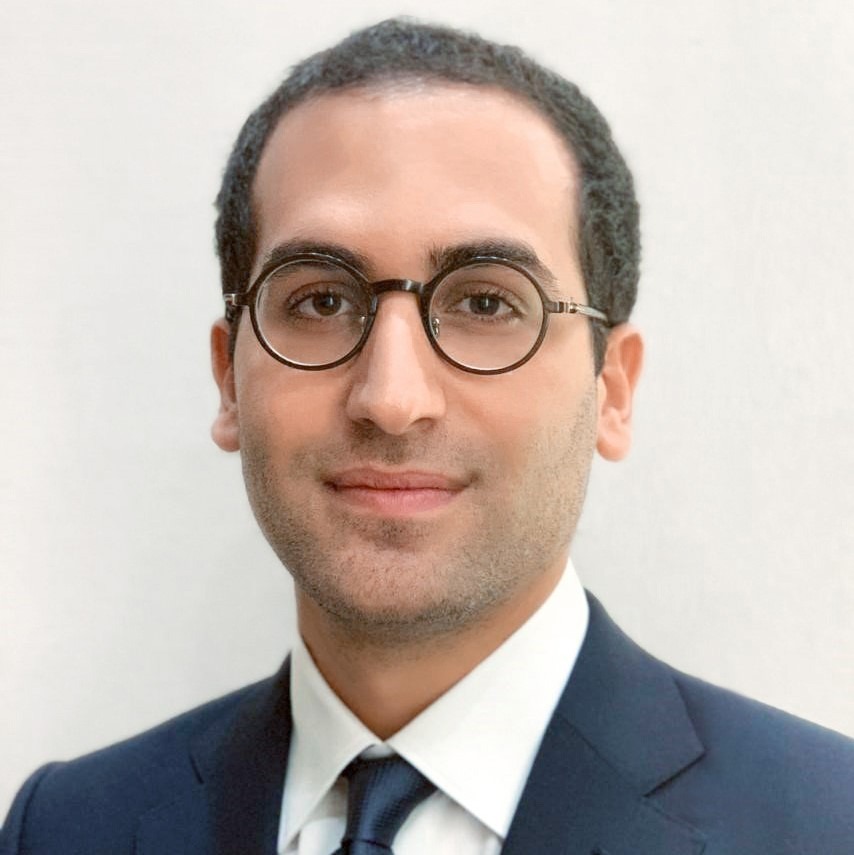Saudi Arabia reportedly spent USD 69.4 billion on its military in 2017. This is a 9.2 percent increase from 2016 and accounts for 10 percent of gross domestic product. Saudi defense spending had been as high as USD 90 billion in 2015, but the drop in oil prices led to a 30 percent decline in military spending in 2016. In August 2016, the U.S. State Department announced that the sale of 153 Abrams battle tanks and 20 M88 Hercules armored recovery vehicles had been approved, in a contract worth around USD1.15 billion.

In 2017, Boeing was awarded a multi-year contract (running until 2022) to supply 24 newly-built AH-64E Apache Guardians to the Saudi Army. In January 2017, the U.S. Department Security Cooperation Agency announced that the sale of 10 Lockheed Martin 74K Persistent Threat Detection Systems (PTDS) to Saudi Arabia had been approved by the State Department.
In May 2017, arms contracts worth USD 109 billion were signed during President Donald Trump’s visit to Riyadh. According various sources, Saudi Arabia is looking to acquire Terminal High Altitude Area Defense ballistic missile interception system from Lockheed Martin, as well as their command-and-control battle management and communications systems. The Kingdom is also interested in BAE Systems’ 155 mm M109 self-propelled howitzers and Bradley infantry fighting vehicles, as well as Raytheon’s Paveway guided bombs. It is believed that the USD 109 billion arms package that was signed during President’s Trump’s visit to Saudi Arabia has yet to be finalized. A resupply of munitions and spare parts does continue due to the Yemeni war, but big new platform sales are on hold.
The Saudis are said to be close to a USD 7 billion deal for 48 Eurofighter Typhoons. The British government promoted the deal when Crown Prince Mohammed visited London before coming to Washington. The deal has not been finalized. The crown prince also negotiated a deal with Spain for five warships for the Royal Saudi Navy in his visit this spring worth USD 1.8 billion, but it is also yet to be consummated.
Leading Subsectors Homeland Security
According to a new market research report “Saudi Arabia Homeland Security & Public Safety Market – 2017-2022“, published by Homeland Security Research Corp., this market is forecast to reach a cumulative USD 112.5 billion during 2015-2022. Saudi Arabia is among global leaders in terms of defense, homeland security and public safety spending per capita. In particular, the SAG has been looking to improve border security, command, control, communications, and cyber information.
C4ISR Procurement
Saudi Arabia has become among worldwide top 20 markets for C4ISR (Command, Control, Communications, Computer, Intelligence, Surveillance, and Reconnaissance) platforms. The Kingdom has been equipped with the Boeing E-3A, RC-135, Erieye on Saab 340, Bombardier Q300 MPA, and others. It has been spending money on ISR aircraft for internal needs, including upgrades to E-3 tactical airborne surveillance system platforms as well as participating in a multinational airborne early warning and control effort.
No government sources were cited since they do not publicize their future defense procurement plans. Saudi Arabia is expected to remain one of the biggest buyers defense equipment globally over the coming decade. Investment into strengthening naval, as well as air defense capabilities, is expected. Developing the local defense sector under Vision 2030 will take many years, and domestic defense companies’ ability to meet requests for technologically advanced equipment will remain limited over our forecast period.
Opportunities
As part of its Vision 2030 plan, the SAG is seeking to increase the share of defense spending on locally-produced equipment and services to 50 percent in the next 15 years.
In May 2017, Saudi Arabia’s Public Investment Fund (PIF) launched a new company, Saudi Arabian Military Industries (SAMI), which includes four business units: land systems, air systems, weapons and missiles and defense electronics. The company will also offer repair services, notably for planes and armored vehicles. SAMI will gradually merge with or replace the existing Military Industries Corporation (MIC), a sub-agency of the Saudi Ministry of Defense. Another newly established government agency is the General Authority of Military Industries (GAMI), which is expected to be the defense regulatory body in Saudi Arabia and will be working closely with SAMI. Both entities will play a major role in military procurement decisions, whereby any foreign purchase should have 50 percent local content.
SAMI is a key part of Vision 2030 and aims to act as a catalyst to drive localization of military spending in the Kingdom of Saudi Arabia. It has three main goals:
- To increase the local content of military, products and services;
- To invest in strategic, profitable areas; and
- To ensure that the military industries contribute to the wider which aims to boost domestic defense procurement from 2% of the budget to 50 percent.
SAMI brings together and co-ordinates four military business areas: Defense Electronics, Air Systems, Land Systems, Weapons and Missiles. It will maintain the flexibility to establish further business units, to take advantage of the latest technological developments and trends. SAMI’s appointment of government officials to its board as well as experts from diverse backgrounds highlights its commitment to localizing 50 percent of the country’s military expenditure by 2030, thus creating more job opportunities for Saudi citizens. It aims to create 40,000 jobs and contribute SR 14 billion (USD 3.7 billion) to the Saudi economy by 2030.
SAMI has recently signed memoranda of understanding with a number of the world’s largest defense contractors, including Boeing, Lockheed Martin, Raytheon, General Dynamics and Rosoboronexport. The company is following a clear strategy that supports its goal to become one of the world’s largest 25 defense companies by 2030.
As part of its new Defense Initiative the government of Saudi Arabia will attempt to accomplish the following:
- Major strengthening of armed forces initiated
- USD 50 to USD80 billion will be invested
- At least a 20 percent increase in troop levels for the Royal Saudi Land Forces (RSLF) and the Saudi Arabian National Guard (SANG)
- Significant increase in fighter aircraft, tanks, helicopters, armored vehicles and other related weapons
- New training doctrine for various services
- More ground and joint exercises between various services (including potential exercises with allied countries)
- Upgrades and expansions at key military bases
The Kingdom seeks defense technologies and materiel to include ballistic missile defense, maritime security, Royal Guard modernization, armor, C4ISR and other requirements to satisfy the defense needs, given the current regional security condition in the Gulf.
In May 2017, Saudi Arabia’s King Abdulaziz City for Science and Technology (KACST) unveiled its Saqr 1 unmanned aerial vehicle, which has a range of 2,500km and features a satellite communication system.
Saudi Arabia’s local defense industry remains underdeveloped, leaving the country’s armed forces heavily reliant on imports of military equipment. Meanwhile, the Saudi government is one of the largest defense spenders globally, and we expect steady growth in the military budget between 2017 and 2026, creating substantial opportunities for foreign companies. The country boasts reasonably high levels of economic and investment openness, as well as relatively low levels of corruption regionally, in addition to a high number of defense collaboration agreements which facilitate trade. As a result, Saudi Arabia’s score in the BMI Defense Industry Risk Reward Index stands at 57.6 out of 100, placing the country in fifth place regionally, behind Jordan.
Major exhibitions in defense attended by the Saudi military include IDEX (Abu Dhabi), the Dubai Air Show, Sofex (Jordan), (MilPol Qatar before the embargo), DSEI (London), Farnborough (London), Eurosatory (Paris). Saudi Arabia plans to hold a Riyadh Air Show in March 12-14, 2019.
Web Resources
Web links for major military entities in Saudi Arabia The Saudi Ministry of Defense (www.mod.gov.sa)
The Royal Saudi Air Force (www.rsaf.gov.sa )
The Royal Saudi Land Forces (www.rslf.gov.sa) The Saud Royal Guards (www.rg.gov.sa)
SAMI can be contacted at (info@sami.com.sa) Web: (www.sami.com.sa)

